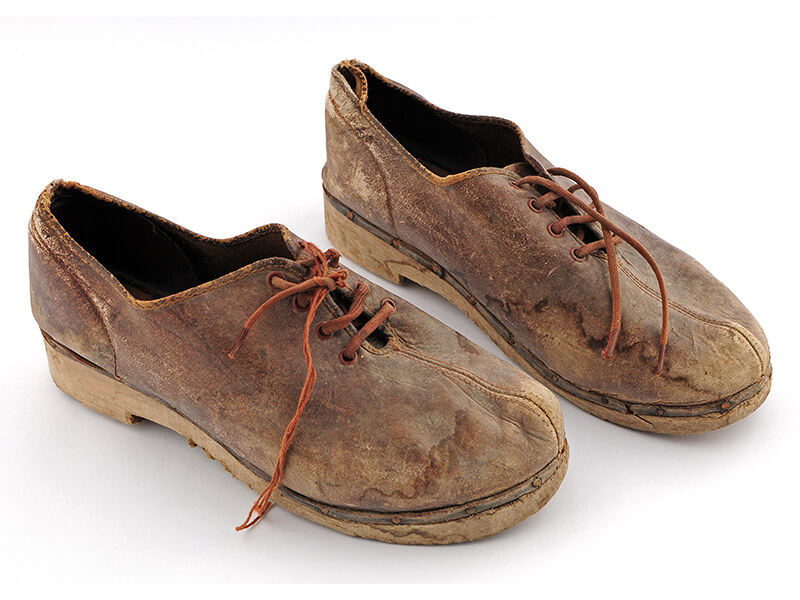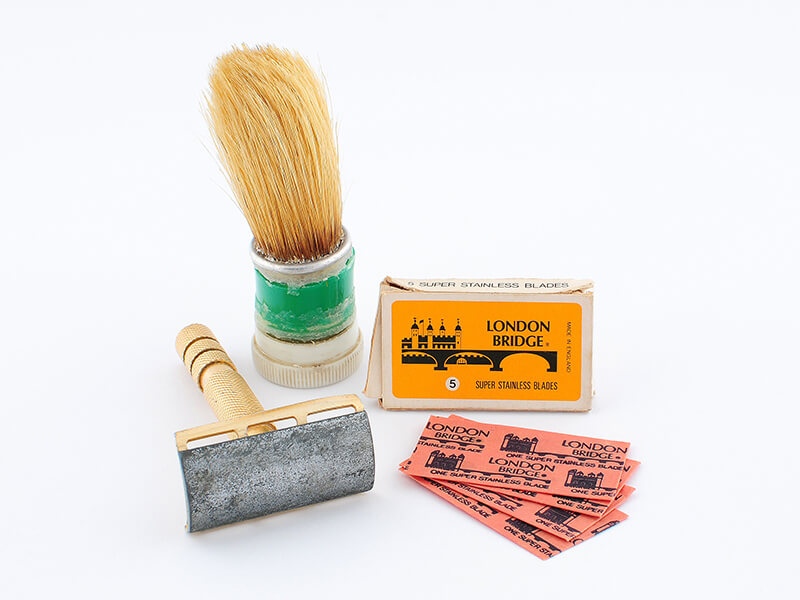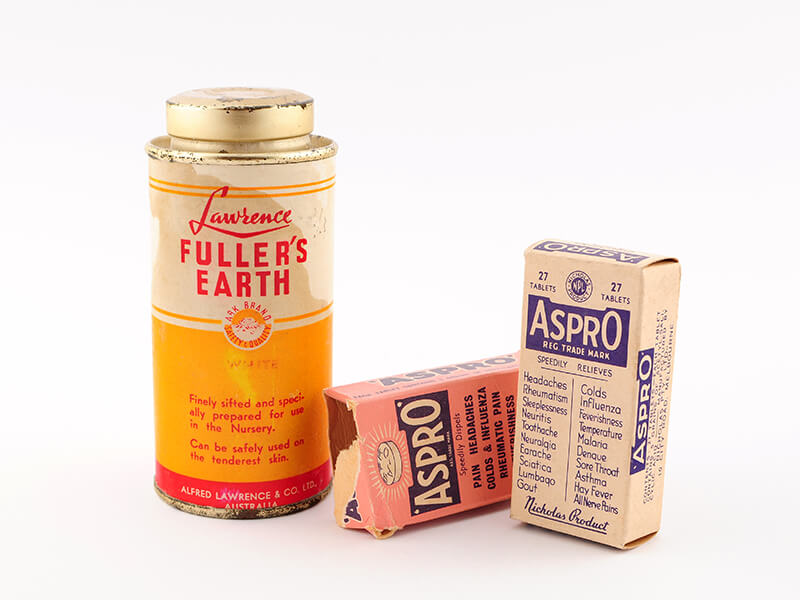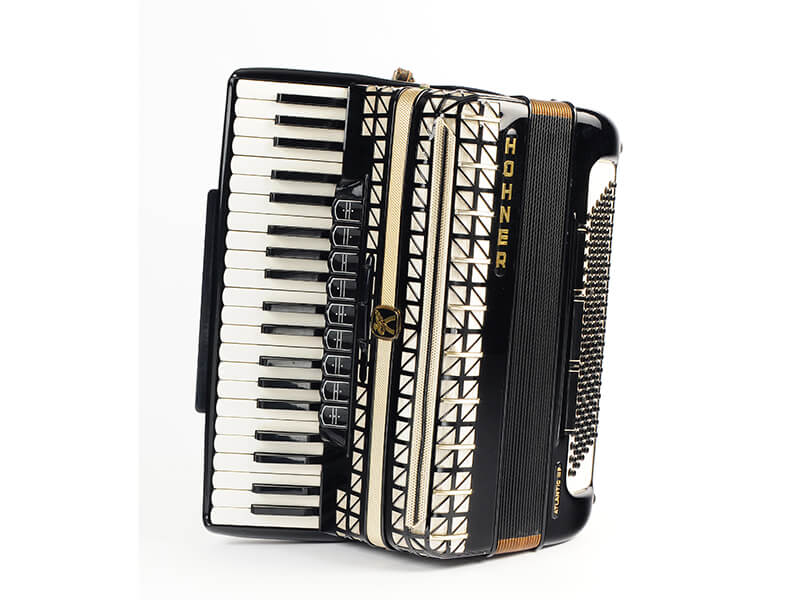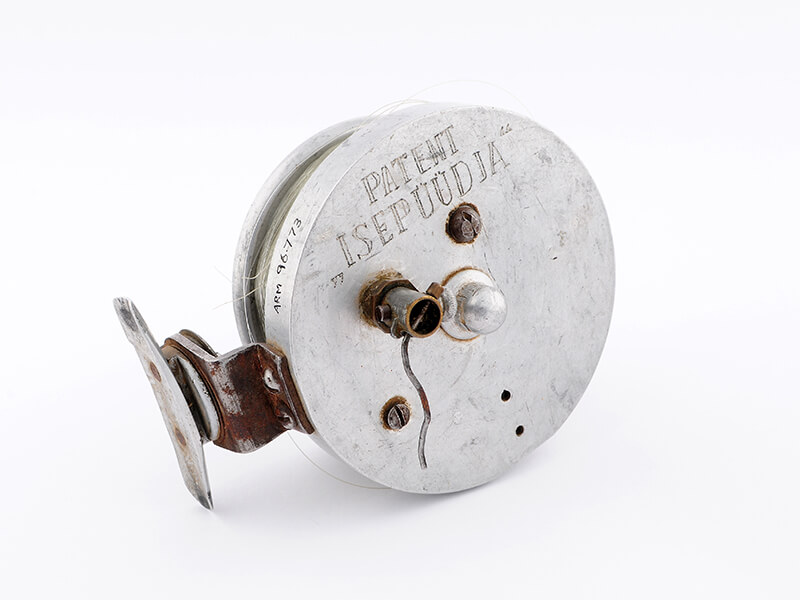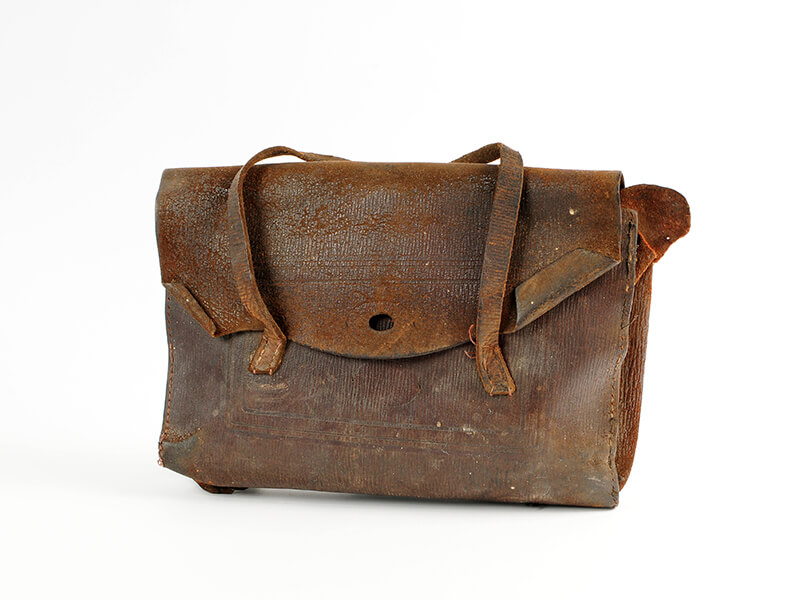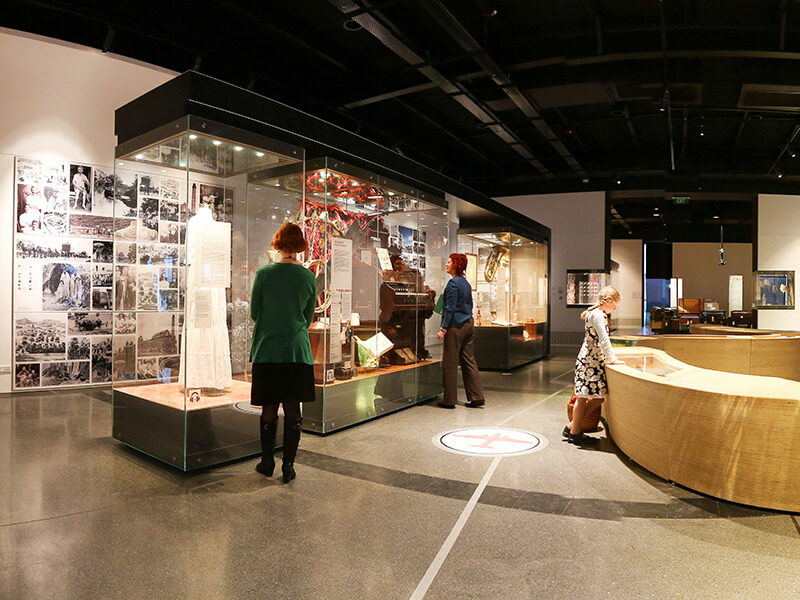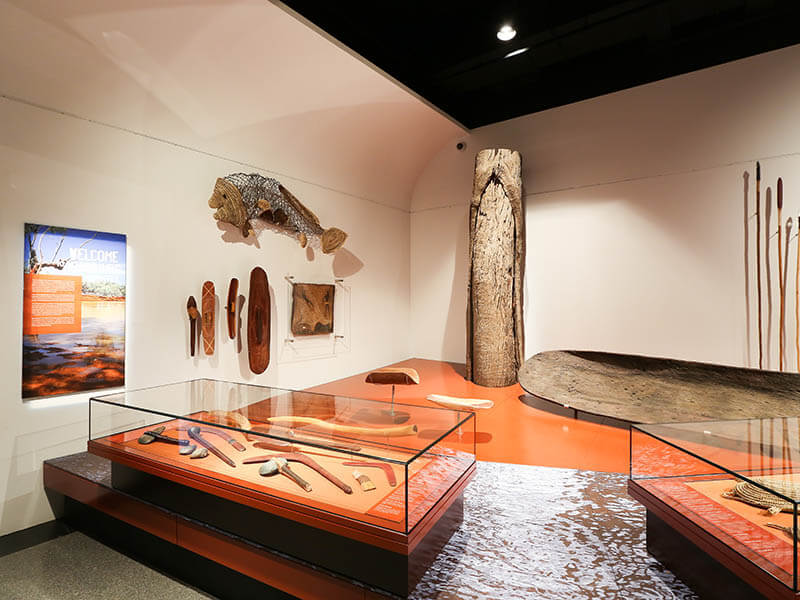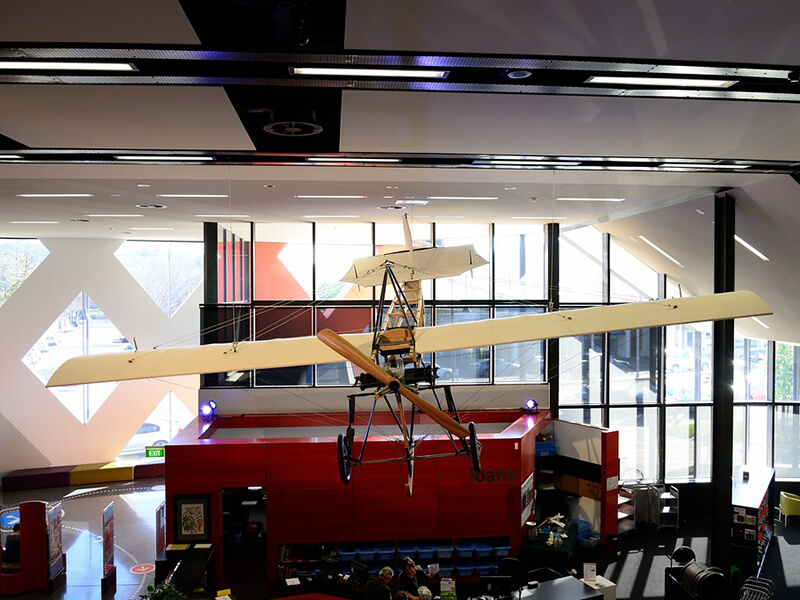Sharing Bonegilla Stories is a special exhibition dedicated to the first migrants who came to our region under the Post War Immigration Scheme.
The Bonegilla Migrant Reception and Training Centre was the first home in Australia for up to 320,000 migrants from more than 30 nations. Operating between 1947 and 1971, it was the first, the largest and the longest lived migration reception centre in Australia.
During the 24 years when Bonegilla was open, hundreds of thousands of people passed through its gates. Each of them has a special story to tell.
The experiences of Bonegilla migrants span the range of human emotions. People often talk of isolation, fear, discomfort and broken promises but they also remember the warmth of the people they met, the friendships they developed and the opportunities that became theirs.
The first migrants were ‘displaced persons’ (DPs) whose lives had been disrupted by the horrors of World War II. Later migrants were attracted to Australia by advertisements displayed in Europe. Bonegilla was a staging camp - temporary accommodation - for new migrants who had exchanged free or assisted passage to Australia for two years of labour of the Australian government’s choice. After this service, migrants were free to make their own way.
Bonegilla housed people from 41 different ethnic groups. Conditions were basic, with accommodation in fibro and corrugated iron huts. The food was bland but plentiful; while unfamiliar to many migrants, it was typical of Australian food at the time.
The dominating feature of the Bonegilla exhibition display is a cabinet made from post World War II suitcases. The suitcases can be opened and pulled out to view a wonderful array of two- and three-dimensional Bonegilla artefacts. Each suitcase tells a different story about Bonegilla and the people who lived there.
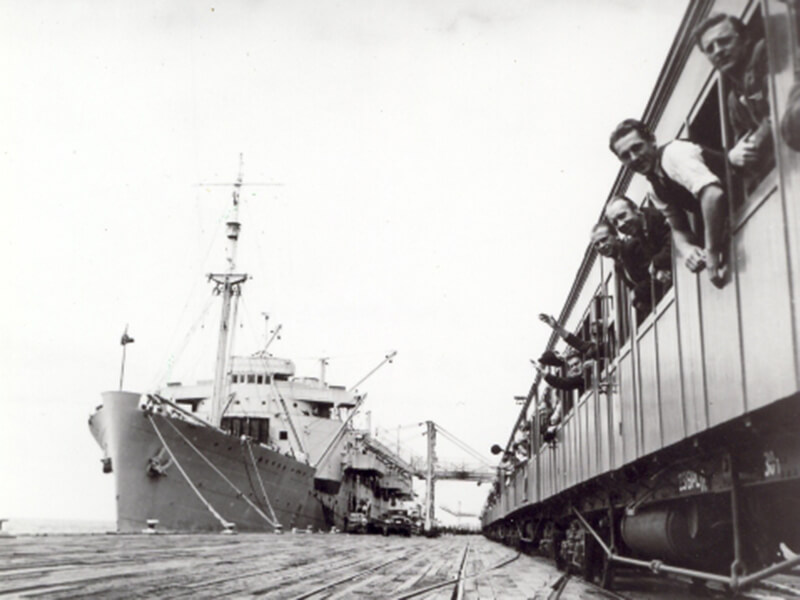
First Impressions of Bonegilla
Leaving all they knew behind them, migrants travelled thousands of kilometres to arrive at Bonegilla, a former army camp in the Australian bush. From 1947 to 1971 the Bonegilla Migrant Reception and Training Centre provided the first home in Australia for over 320,000 migrants from more than 30 nations.
On arrival at Bonegilla, newcomers were allocated a hut and issued with eating utensils, crockery, towels and bedding. The living conditions were very basic. Initially, little was done to change the former army camp into a migrant accommodation centre. Bonegilla's army beginnings meant that the accommodation was austere, and the eating, washing and recreation facilities were communal. Improvements slowly made the camp more welcoming, but its original military character remained.
Family members were often separated. In the early years of operation, men were housed in one hut, single women in another, and women with children in yet another. Government officials made no comment on this separation of husbands and wives, and of families. Nor did they explain or explore the impact of further splitting families by moving non-working dependants to holding camps at Uranquinty and Cowra. From 1951 on, the huts at Bonegilla were divided into cubbyhole-sized cubicles, each slightly less than 4m by 3m, so as to house families together.
However, it had always been the government's intention that Bonegilla would be a mere starting point to allow migrants to catch their breath before becoming part of the Australian community; it was 'quite unsuitable for prolonged family living'. The number of migrants at Bonegilla at any one time fluctuated between 1,500 and 8,500. Naturally, the refugee and migrant arrival experiences were many and varied.
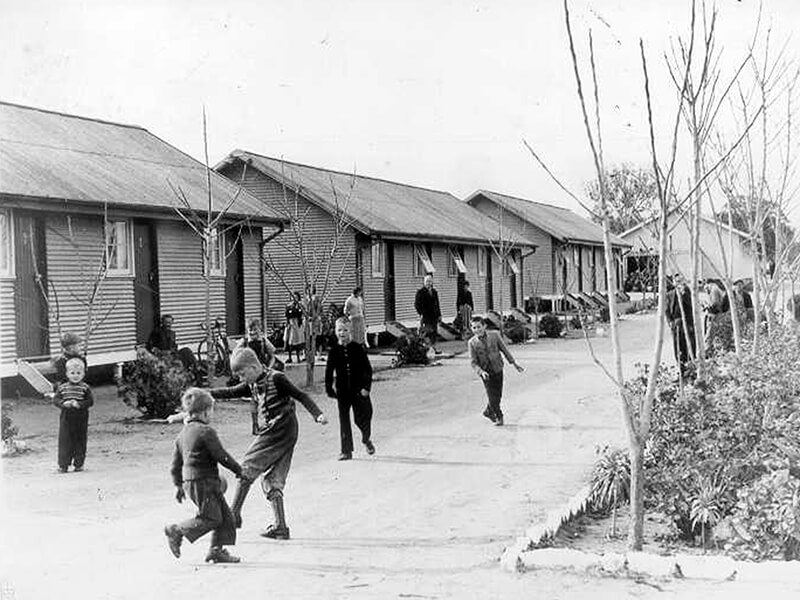
Growing up at Bonegilla
Many former residents who spent time at Bonegilla as children remember the experience as part of the adventure of growing up. At Bonegilla, they found ready companions among the other children, often from other nations. The proximity to Lake Hume, where they could swim and go exploring, made it seem like a holiday camp.
Yet, the facilities at the former army camp were not suitable for young children. Little was done to improve them until a health scare in 1949, when thirteen newly arrived children died from malnutrition.
Some remember the novelty of having to queue cafeteria style for their meals. Families tended to eat together in the mess. It wasn't permitted to take food from the kitchen or mess, and private cooking was forbidden, presumably as a fire and health hazard. Families found ways around these prohibitions – preparing traditional dishes in their huts so as to have a change from the British-style meals served in the cafeteria.
But some of the former child residents also have darker memories. Many recall hearing their mother crying. Some recall the embarrassment of hearing strangers speak loudly to their parents, as if they were simple-minded, rather than merely unused to communicating in English. Many remember being separated from their father when he was required to work elsewhere. Some sensed the indignity their father felt at having to work in the wood yard or clean the toilets at the centre.
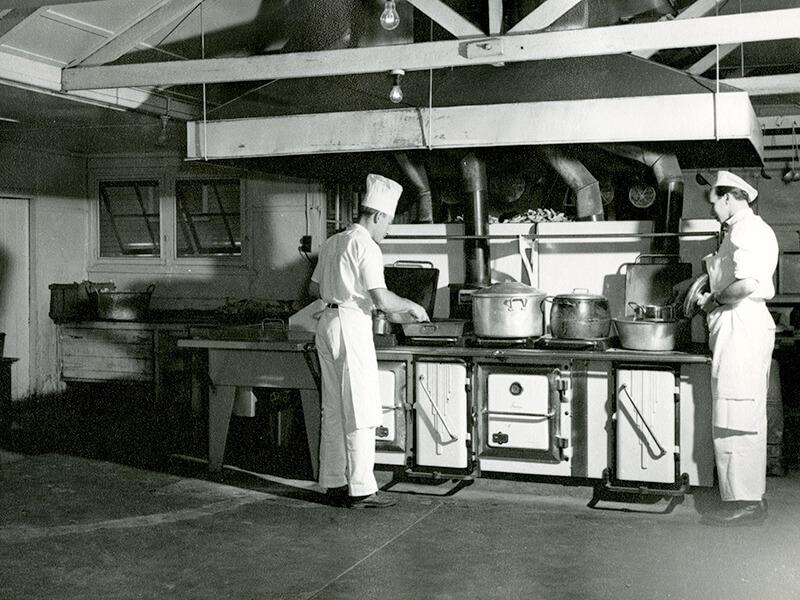
Working Life at Bonegilla
Australia welcomed the immigrants as a ‘directable and controllable pool of labour' that would be crucial in the country's post-war reconstruction. Bonegilla was the prime employment office assessing employability and dispatching newcomers to jobs all over Australia.
Many migrants got their first job helping the centre to operate. At any one time, between 400 and 1000 migrants were employed at Bonegilla in a variety of occupations ranging from kitchen or garden hands, to hospital, transport, recreation or office staff. Employment at the Reception Centre was always a good option. Public service conditions ensured that staff had reasonable security, pay, working conditions, prospects of overtime and promotion. They had privileged accommodation and rations. Many stayed at Bonegilla for some years.
During the economic downturns of 1952 and 1961, large numbers of migrants at Bonegilla held noisy demonstrations demanding work. They had good cause to be unhappy. Many had left employment in their homeland and emigrated to Australia after being told work would be available here. When they found there was no work, they felt they had been duped.
These feelings of frustration resulted in riots. The army was called out in 1952, and several carloads of police from the surrounding district were rushed to the centre in 1961. Both expressions of the migrants' discontent received national – and even international – attention.
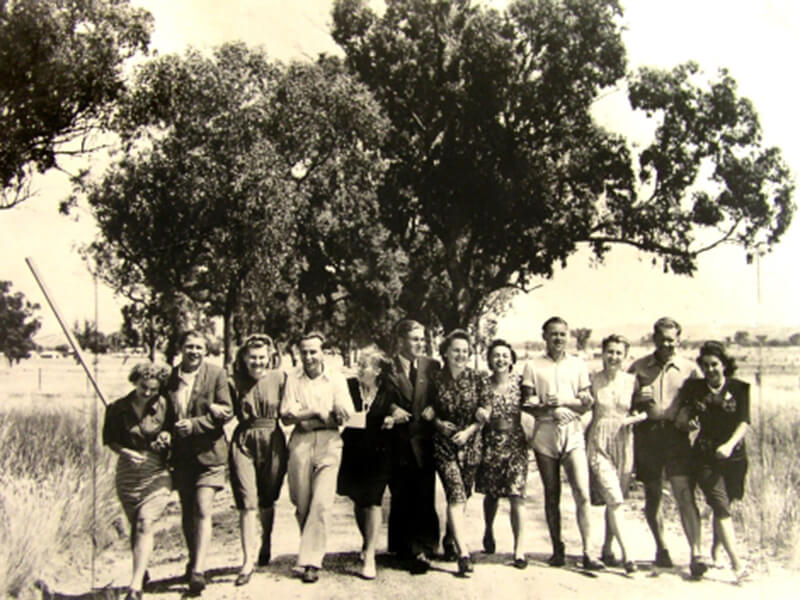
Recreation at Bonegilla
Migrant photographs and memory pieces refer time after time to the wide-open spaces around Bonegilla and to the nearby river. The local media made much of the role played by the physical setting in Australianising the newcomers. It was on long walks in the vicinity of Bonegilla that the newcomers came to an understanding of the physical setting in which non-metropolitan, inland Australians lived. This place was Australia for them – the heat, the cold, the sun, the flies, the sense of isolation and bareness.
Newcomers could choose to attend classes where they were taught survival English and something about Australian ways, including weights and measures, hygiene standards, history and geography. In the early years of operation there was a distinctly British learning style; for instance, migrants were taught to name the British monarchs, often through the use of song.
Leisure opportunities widened from about 1951 with the appointment of specialist YWCA and YMCA recreational staff, funded from a locally raised and administered amenities fund. Small prizes were awarded to the winners of boxing tournaments, and soccer, basketball, volleyball and table tennis competitions. Supper was provided for visiting teams from outside the centre. Card parties, dance evenings, family picnics and sports afternoons for the children were arranged. A well-equipped and staffed Creative Leisure Centre operated for children during the 1960s. There was a cinema.
For many people the centre was ‘Boring Bone-bloody-gilla'. Processing after arrival occupied a few days, and then there was the long wait to be allocated a job.
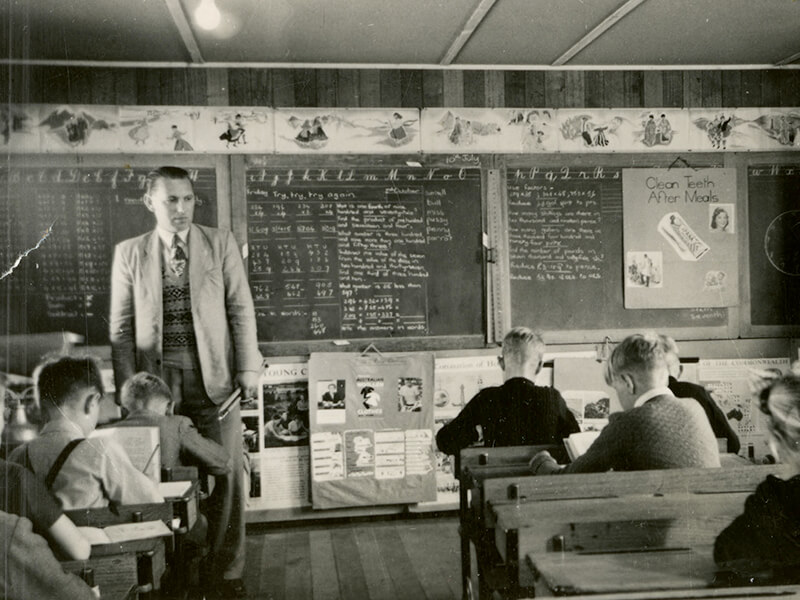
Becoming an Australian
Initially, from 1947 through the 1950s, Bonegilla was called a ‘training centre' as well as a ‘reception centre'. Here, non-British migrants were to learn English and become familiar with the Australian way of life – its coinage, imperial weights and measures, geography, history, and standards of hygiene – with the goal of becoming assimilated into the broader Australian society. The newcomers would be encouraged to engage with local Australians and to take their place in the community. They would learn how to adapt to their new country and take their very first steps in turning from a ‘New Australian' into a true Australian.
By the 1960s there was acknowledgement that the host society was changing, too. The migrants and the native born were contributing to each other's culture. Mutual changes would lead to the development of an amalgam – a new, integrated community. These notions of assimilation and then integration held sway with the general community during the years that Bonegilla was a first home for immigrants to Australia. The notion of multiculturalism, which encompassed ethnic communities creating their own communal life and preserving their various heritages, was still novel when Bonegilla closed its doors in 1971.
Migration was a bitter-sweet experience. Some former residents choose to remember Bonegilla as a portal or threshold; a beginning place that marked a new life. Others recall it as a place of loss and dislocation, where they realised their language, experience, training and connections were undervalued – even deemed irrelevant – by the host society. Transitions to a new way of life were not always smooth.
Either way, a short or long stay in Bonegilla marked a significant life milestone. Bonegilla was an in-between place, a transition zone. It was in-between here and there, now and then, the future and the past.
